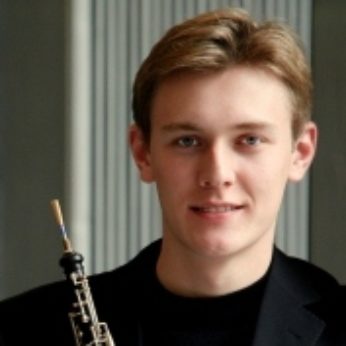It has always seemed paradoxical that the so-called Brandenburg Concertos were dedicated to the Margrave of Brandenberg in Berlin whereas the concertos were clearly written for performance by the exceptional group of musicians based in Köthen ruled over by Prince Leopold of Anhalt-Köthen. Many of the members of Bach’s Köthen ensemble had come from Berlin, when the frugal King Frederick William dismissed his father’s court musical establishment on his accession. Then, as now, the whims of rulers and the dictates of finances determine musical life.
Bach was resident in Köthen from 1717-1723 but, perhaps on the recommendation of his ex-Berlin colleagues, visited Berlin in 1719 in order to buy a double manual harpsichord for the Köthen court. It would have been during this visit that the Margrave requested Bach write some music for him. Even so the dedication seems odd and we must assume Bach was eventually hoping for an appointment from the Margrave. This was not forthcoming but Brandenberg, if not the Margrave, achieved immortality.
The other feature of these concertos is the unusual scoring in some of them, reflecting the availability of certain instruments or players. For instance the Köthen instrumentalists did not include a viola soloist, so Bach himself took that part, when he was not at the keyboard. Famously the Fifth Concerto was written to show off the new harpsichord from Berlin. When it comes to the trumpeter, we find he was paid from a different budget as he had a military and ceremonial role as well. The art of playing the high baroque trumpet is known as clarinblasen and very few players had this skill, so there arose an alternative score with the horn. Some experts have argued Bach wrote this version but this is disputed, but everyone is agreed that the baroque trumpet is incredibly difficult to play, while a modern trumpet is simply too overwhelming alongside period instruments.
This concerto, probably written in 1719, follows the typical concerto grosso form of string ensemble (ripieno) – in our case single strings plus continuo – versus the solo group of instruments (concertino). In this morning’s concert, the unique concertino groups three winds, horn, recorder, and oboe, with a single violin. The horn is heard along with the other soloists in various combinations in the first movement (without tempo marking, but the alla breve indicates a fast tempo), while the recorder, oboe, and violin do the honours in the Andante. The horn joins the other soloists as well as accompanying strings in a joyful dance to conclude the work.
